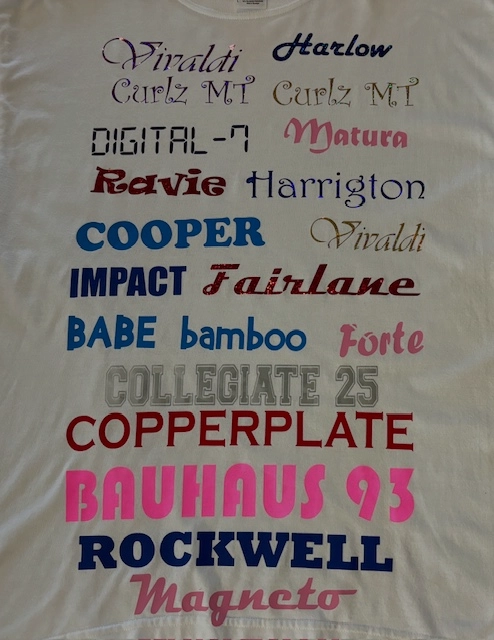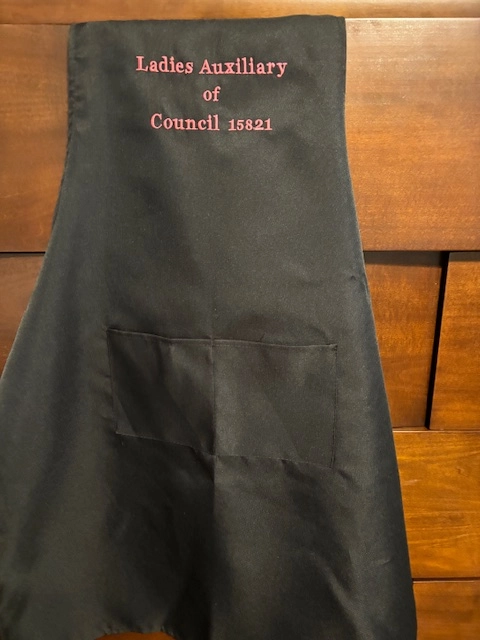The Art of Customized Embroidery: Unlocking the Secrets to Creating Distinct and Unforgettable Designs
The keys to creating custom-made needlework designs that astound the eye and leave an enduring impact lie in a delicate balance of method, creativity, and attention to information. As we delve into the globe of custom-made embroidery, we discover the nuanced interplay between string choice, sew intricacy, and layout customization that elevates a mere garment to a job of art.
Picking the Right Needlework Threads
When picking needlework strings, what crucial variables should you consider to make certain the most effective results for your custom designs? The option of embroidery thread is vital in figuring out the last result of your embroidered style. One of the primary considerations is the product of the thread. Various materials such as cotton, polyester, rayon, and silk offer differing levels of luster, durability, and texture. It is vital to select a string material that complements the fabric you are stitching on and lines up with the preferred appearance of the style.
Furthermore, the weight or thickness of the string plays a considerable duty in the appearance of the embroidery. Thicker threads can include dimension and structure to your style, while finer strings are ideal for complex information and little text. Furthermore, considering the shade fastness and washability of the string is important to make certain that your custom-made styles maintain their high quality and vibrancy over time. By meticulously evaluating these factors and selecting top quality strings that satisfy your specific requirements, you can improve the visual allure and long life of your stitched creations.
Discovering Various Stitch Methods
To explore the realm of 'Exploring Various Stitch Methods', one should comprehend the details and subtleties that each sewing technique gives the art of needlework. Different stitch strategies not only include visual rate of interest yet likewise contribute to the overall structure and dimension of the layout. One popular stitch technique is the satin stitch, which entails carefully packed parallel stitches to create a smooth and glossy surface, perfect for filling out forms and developing vibrant details.
On the other hand, the backstitch is a flexible method typically utilized for describing and adding fine information. It involves stitching backward to produce a strong line of embroidery. Furthermore, the French knot stitch adds a tactile element to styles, excellent for wedding dress alterations near me creating distinctive accents like flower centers or decorative touches.
Exploring different stitch methods allows embroiderers to have fun with light, darkness, and depth within their designs, elevating the aesthetic appeal and artistic high quality of their embroidery tasks. By mastering various stitching approaches, one can unlock limitless opportunities for creating unique and unforgettable custom-made needlework pieces.
Incorporating Personalized Layout Elements
Having actually discovered the ins and outs of various stitch methods such as the satin stitch, backstitch, and French knot, the emphasis currently changes in the direction of integrating personalized design elements in personalized embroidery jobs. Customized design elements play a vital duty in making needlework projects truly special and memorable. One way to integrate personalization is by including initials, names, or significant days to the layout. This not just adds a tailored touch but likewise improves the sentimental worth of the needlework piece.
Another means to incorporate individualized design components is by consisting of symbols or motifs that hold unique significance to the recipient or mirror their interests and personality. Including a favorite flower, pet, or hobby-related symbol can make the needlework design much more significant and customized. Additionally, picking shades that resonate with the recipient or align with the intended theme can better improve the customization of the embroidery job.
Grasping the Art of Shade Coordination

One key element of shade control is comprehending shade concept. This includes recognizing how different colors communicate with each various other, the feelings they convey, and how they can be incorporated to develop visually attractive designs. By using shade concept principles, embroiderers can create harmonious shade combinations that boost the general appearance of the design.
Additionally, taking notice of contrast is find out here now critical in color coordination. Using contrasting shades can help particular components of the style pop, improve legibility, and create an aesthetically dynamic needlework item. By grasping the art of shade sychronisation, embroiderers can elevate their styles and create memorable items that resonate with clients and visitors alike.
Enhancing Texture With Advanced Needlework Stitches

Bullion knots, on the various other hand, can be used to produce twisted, ropelike elements that add an elegant feeling to the embroidery. Experimenting with these innovative needlework stitches enables you to press the borders of traditional needlework and create absolutely special and aesthetically attractive textures in your designs.
Conclusion
Finally, the art of custom embroidery involves a mix of picking the appropriate strings, discovering various stitch strategies, integrating personalized design components, grasping color sychronisation, and enhancing appearance with advanced stitches. By understanding and implementing these crucial elements, embroiderers can develop one-of-a-kind and memorable styles that display their creativity and skill. Embroidery lovers can open the keys to producing gorgeous and bespoke pieces that stand out and leave a lasting impression.